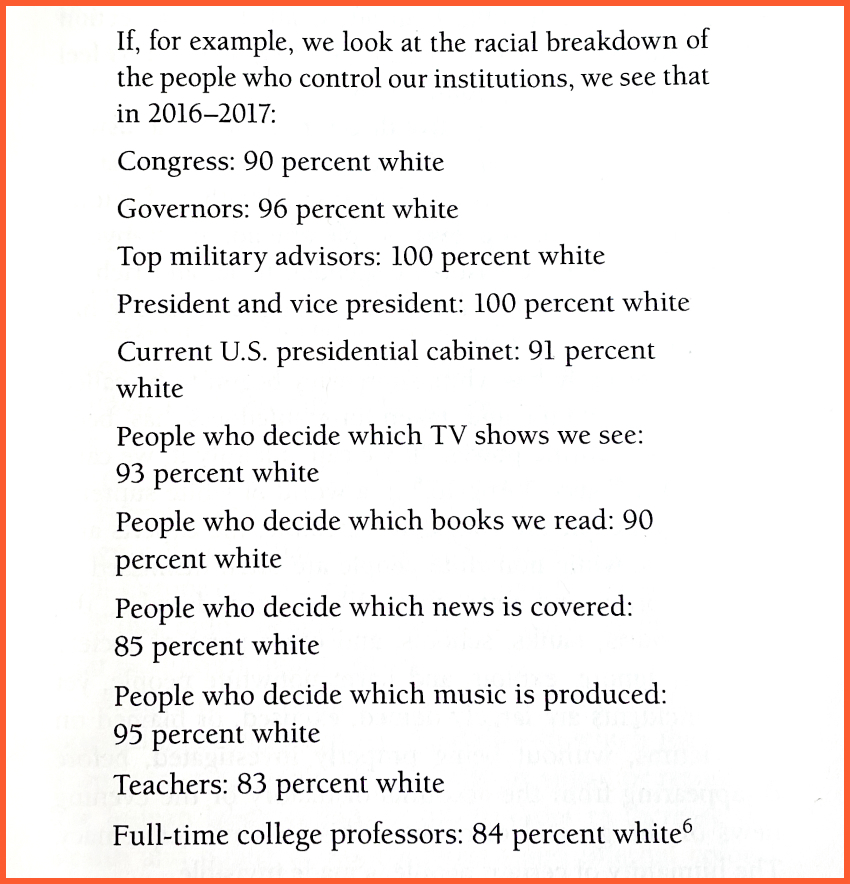Recently the Submittable team hosted an employee book club discussion with Edgar Villanueva, author of Decolonizing Wealth. Over 70 employees attended the event, and each was moved in their own way by Villanueva’s work.
With incredible vulnerability and deep knowledge of the sector, Villanueva weaves together his own personal story with the larger narrative of how colonialism and white supremacy are upheld in philanthropy. He shines a light on the uneven power dynamics that determine who gets funding and who doesn’t. And he challenges readers to reimagine money as a mechanism for healing.
Villanueva’s book is a call to action. It is a reckoning for anyone working in philanthropy. The totality of the harm perpetuated by the colonizer mentality is impossible to measure, but the data we have is impossible to ignore. Currently, only about 8% of funding goes to organizations that explicitly help communities of color.

How technology can answer the call
As historian Melvin Kranzberg said, “Technology is neither good nor bad, nor is it neutral.” When it comes to addressing entrenched power imbalances and dismantling the structures of colonialism and white supremacy, technology can indeed be useful. But only if it is designed and utilized with these intentions in mind. Taking a neutral approach often results in upholding the status quo.
At Submittable we’re finding ways to empower our clients to make change in their own organizations and better the philanthropic sector at large. Here are five ways technology can help support the kinds of work Villanueva advocates.
1. Democratize the decision-making processes
One of the big issues Villanueva touches on in his book is the way funders frequently fail to prioritize community needs. Too often, funders are focused on maintaining power. Instead, foundations should be looking at ways to share power with the communities they serve.
Technology can help enable this power sharing by making it easy for funders to collaborate with community members. This can include:
- Seeking feedback on how funds should be distributed
- Connecting with new and emergent grassroots organizations
- Including community members in the application review process
The move toward participatory grantmaking is helping some organizations formalize the ways in which they cede decision-making power to community members. Though this model can be a great guide for funders committed to making change, during the discussion Villanueva cautioned against efforts that are focused on optics over meaningful work.
“At the end of the day people do not want to give up power, so we create, sometimes, alternative ways to appear to be sharing or giving up power, but we’re not really giving up power,” he says.
So I do think it comes down to who is making the final decisions. Because if we bring all these folks into our organization and ask them to do this work and then what they decide is not actually what happens—someone else has to approve—then we're not actually sharing power.
Funders also need to be careful not to overburden community members. The key, Villanueva says, is approaching the practice with nuance and an awareness of the power imbalances at play. He explains a way to frame the approach, “When a participatory process is being designed, are we asking community to do our job? How do we design a process that really isn’t a heavy lift for them?”
Technology that is designed to foster collaboration and simplify the review process can be a great tool. If community members can access the grants management platform from anywhere and easily add their input they can play a meaningful role in the process without taking on an excessive administrative burden.

2. Create equal access
In his book, Villanueva explains that many of the decisions around who gets money in philanthropy are often based on a system of ‘who you know’.
A lot of foundations are lazy, funding the usual suspects, which most often are white-led organizations adept at creating glossy promotional materials and/or whose leaders have extensive Rolodexes that grant them more access to funders.- excerpt from Decolonizing Wealth
A grants management platform aimed at equity and easy access can help shift this dynamic. Rather than relying on their existing networks, funders can reach out to new and emergent organizations that are doing work within their communities.
Applying for grants can be a time-consuming process. Organizations don’t want to take time away from their important work to fill out cumbersome applications. To help reach the often overlooked nonprofits, find a software platform that makes the process as simple as possible. The right solution should:
- Be easy to use
- Cost nothing for applicants
- Allow applicants to save their work
- Support the full application process on a mobile device
- Accept a variety of file types
- Include technical support for organizations and applicants
3. Enhance transparency and accountability
Setting intentions around these issues of equity is a great place to start, but without mechanisms for accountability, they don’t mean much.

Data is essential. To understand the way colonialism and white supremacy dictate who gives what to whom, you need to start with the numbers. Technology that allows you to collect and analyze data to understand your impact gives you the opportunity to see how your organization’s actions match up with its mission.
Access to data means you are operating from a place of knowledge. You can understand where you’re starting from and measure progress toward your goals. For example, if a foundation sets intentions around supporting POC-led organizations, the team will want to know whether the work they do shows up in how funding is distributed.
Villanueva speaks to the power of data to help affect change. “Native Americans in philanthropy did that report decades ago that showed that only 0.3% of funding goes to Native Americans. Just having that one data point has helped us campaign for a long, long time to increase that over the years,” he says.
Of course raw data is only helpful if you can organize and understand it easily. Look for a software solution that allows you to collect and analyze the data without having to export it to a different program.
Learn the right questions to ask
Watch our webinar on how (and when) to ask the right questions to measure your impact.
4. Increase capacity and efficiency
Many folks who get into philanthropy do so because they want to make meaningful change. But often the administrative work can prevent them from making the time and space to dig into equity work.
If you’re drowning in paperwork, you just don’t have time and energy to ask those difficult questions and implement strategies to make real change. Technology can help support equity by freeing staff from the hours of administrative duties that come with sorting, reviewing, and responding to grant requests.
As a grantmaker, I will say in our defense because I do critique us a lot that often we are understaffed...the lack of capacity on our end has been a barrier to be as equitable as we need to be.- Edgar Villanueva
Embracing equity is not just flipping a switch—it takes time to build relationships, establish trust, and find what makes a true impact. Utilizing software that streamlines administrative processes means your team will have more time to collaborate, connect with community members, and try out new ideas.
5. Bring philanthropy into the future
Often folks in philanthropy are operating with a scarcity mindset, which means available resources go where they can have an immediate impact. Although sometimes necessary, this approach means operations tend to get left behind. Funders can get stuck in old ways of doing things and miss opportunities to evolve.

Technology can help organizations shed the antiquated systems that bog down their work. Embracing the right solutions gives funders the chance to leverage today’s innovations to serve their communities. Updating the grants processes can include:
- Delivering funds digitally
- Allowing real-time collaboration
- Automating review processes
- Leveraging APIs to integrate multiple software solutions
- Creating dynamic data reports and dashboards
Villanueva explains how Submittable is doing some of this work, “I’ve played around in your program [Submittable]. It’s really clean and it’s really helping to bring philanthropy into the 21st century. It can open up space for people to spend more time building relationships and less time reading stacks of paper in the old fashioned way.”
The other issue with antiquated systems is that they were often built around an outdated understanding of equity. Often that old world view is baked into the workflow, into how grants are prioritized and funded.
Embracing new technology can revolutionize the grants management process completely. It allows you to put today’s nuanced understanding of complex issues into practice, aligning the work you do with the values you seek to uphold.
Find the right solution to support your equity work
Addressing the ways that the colonizer mentality underpins today’s philanthropy landscape is essential work. As you set intentions to make change, technology is one important piece of the puzzle. But the values have to come first.
If you’re interested in learning more about how Submittable can help, get in touch today.